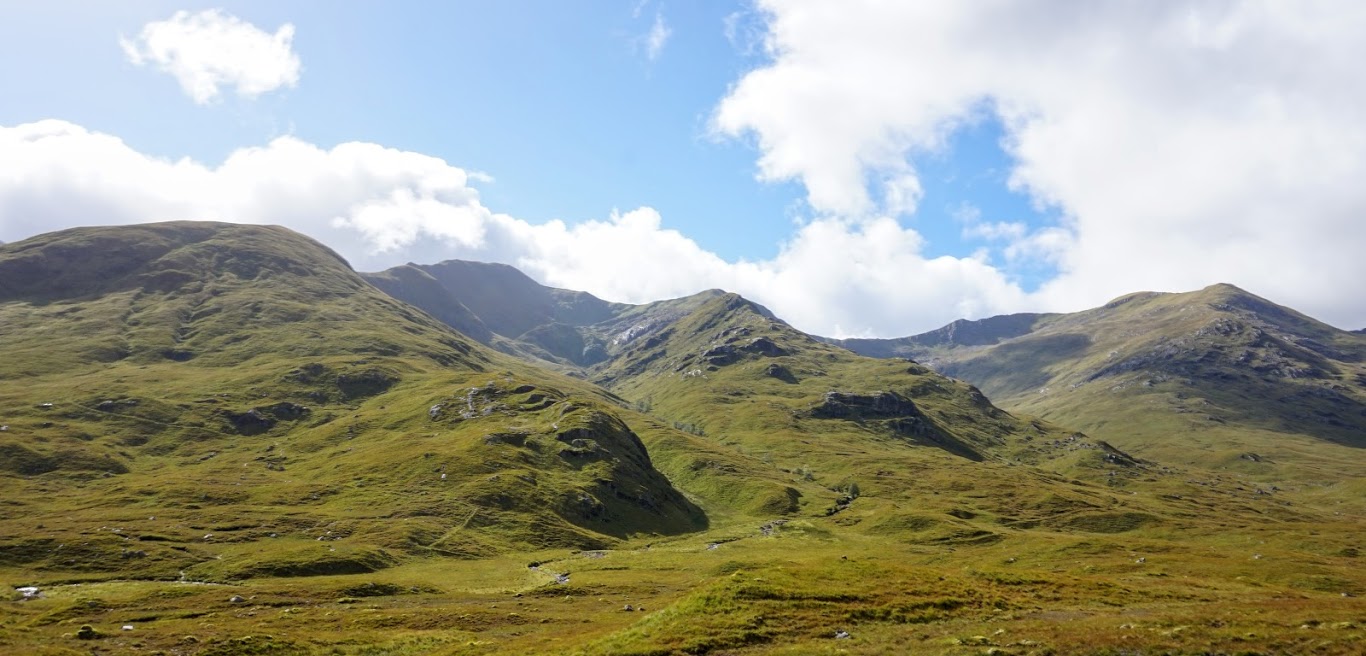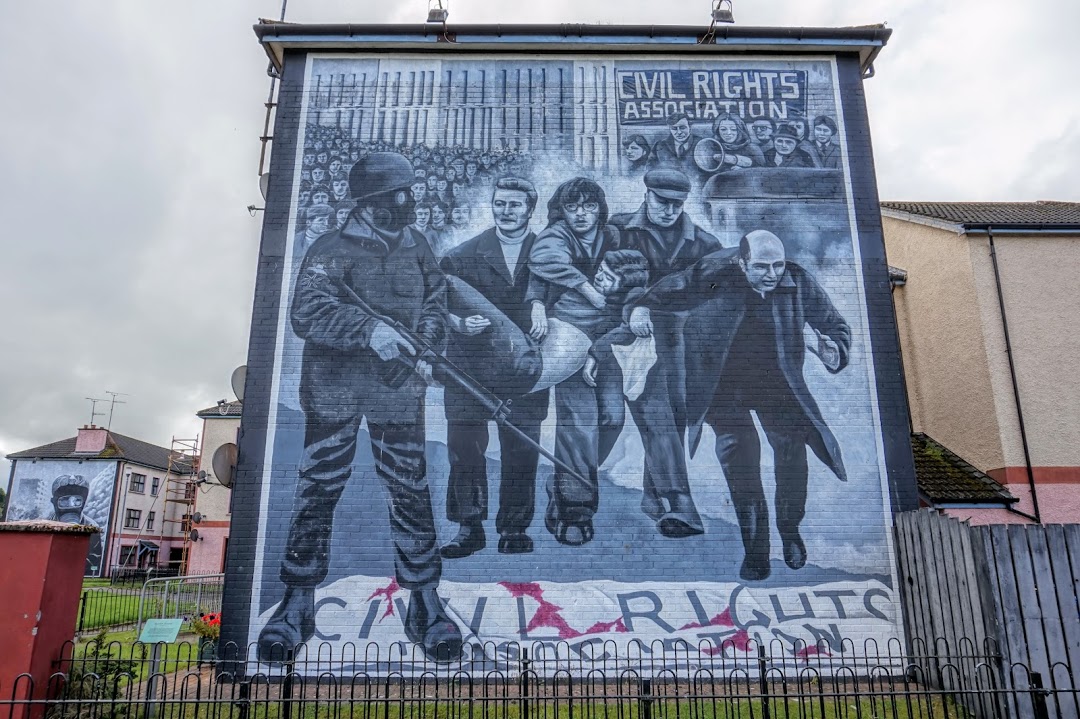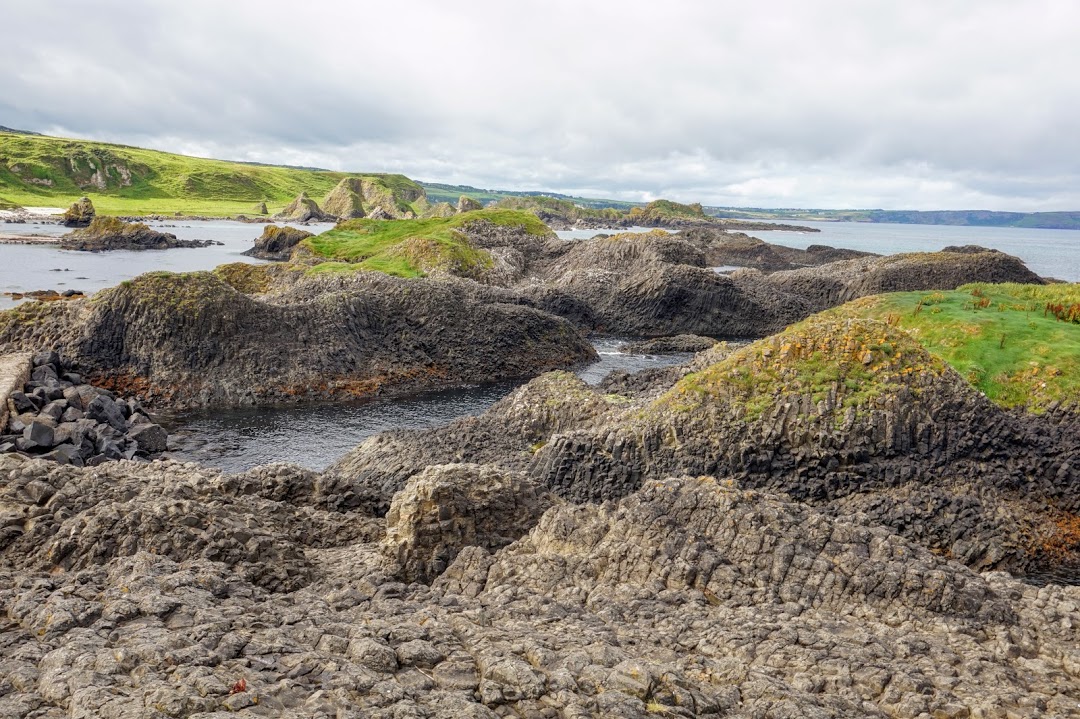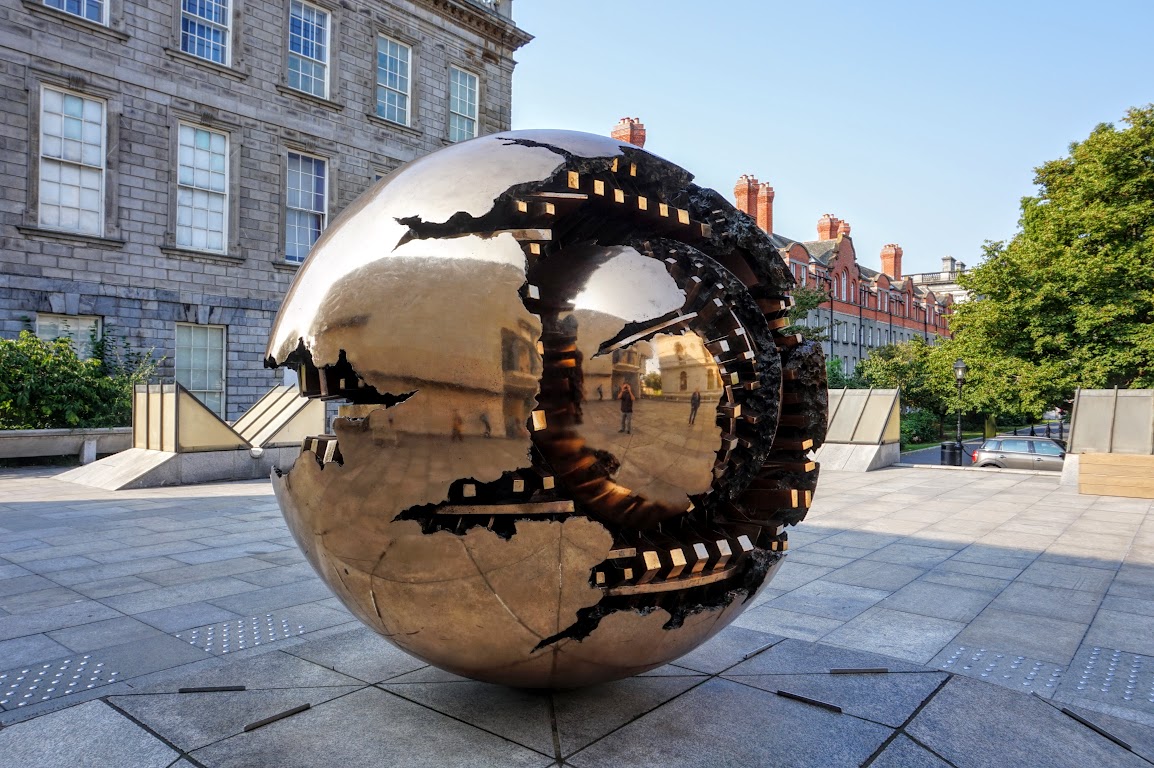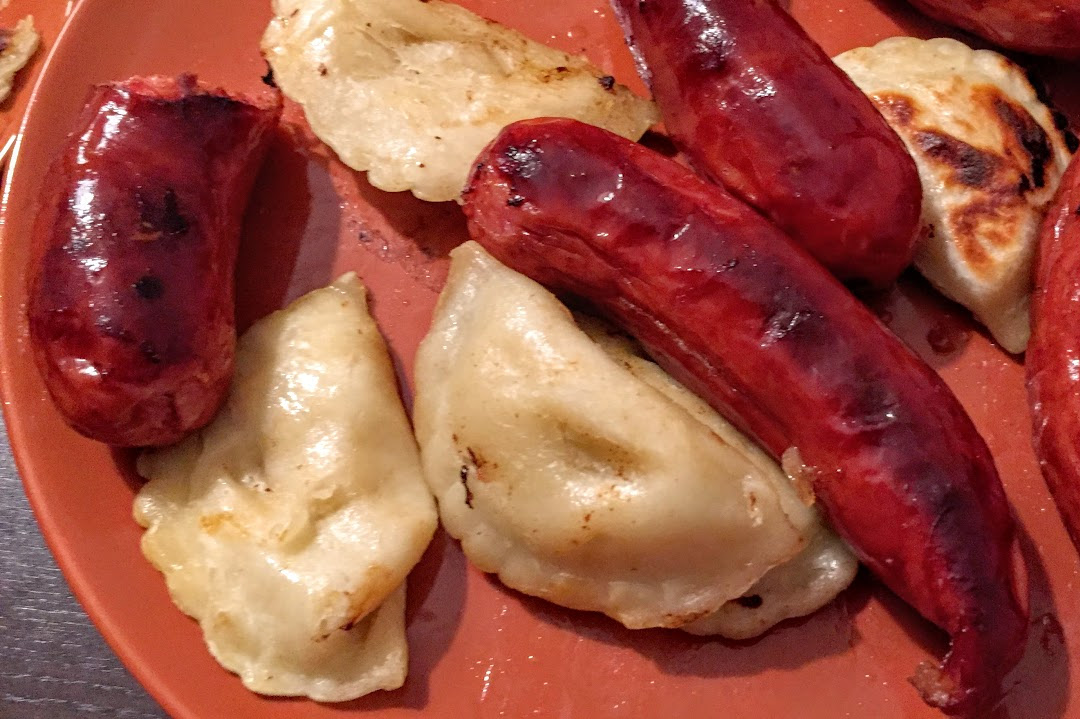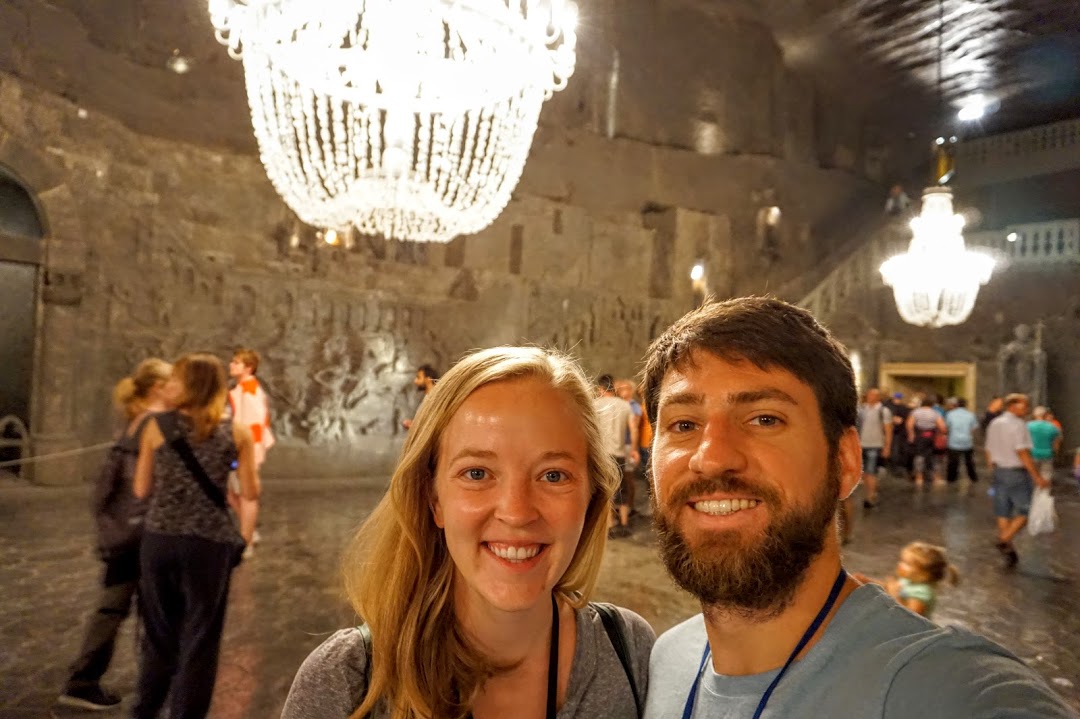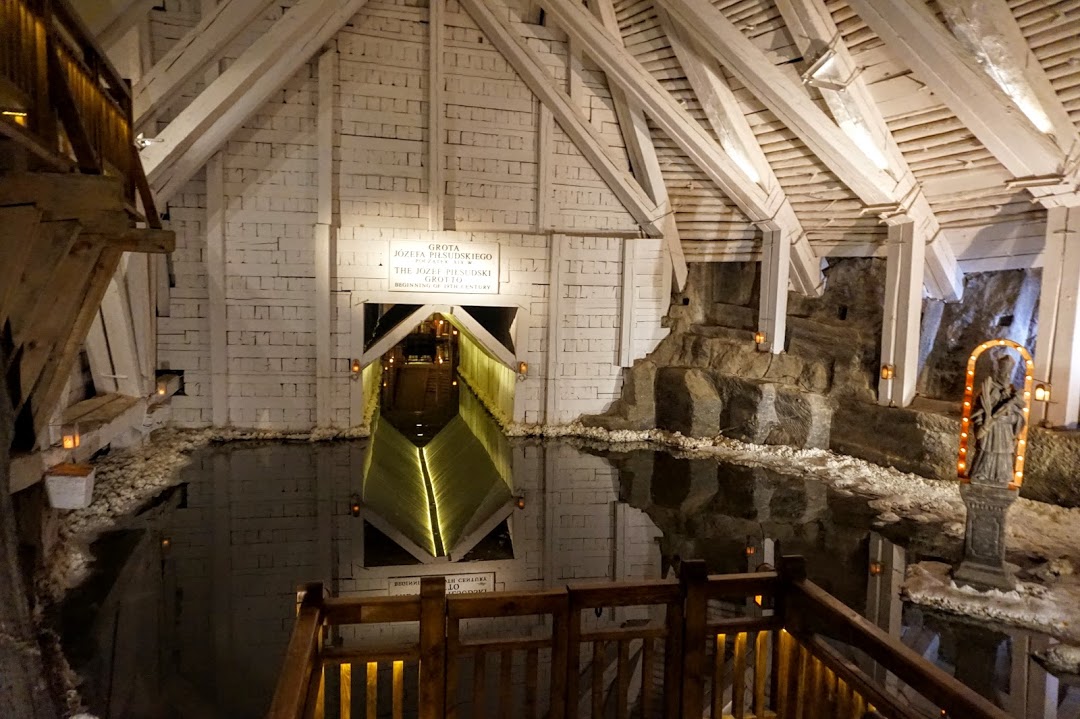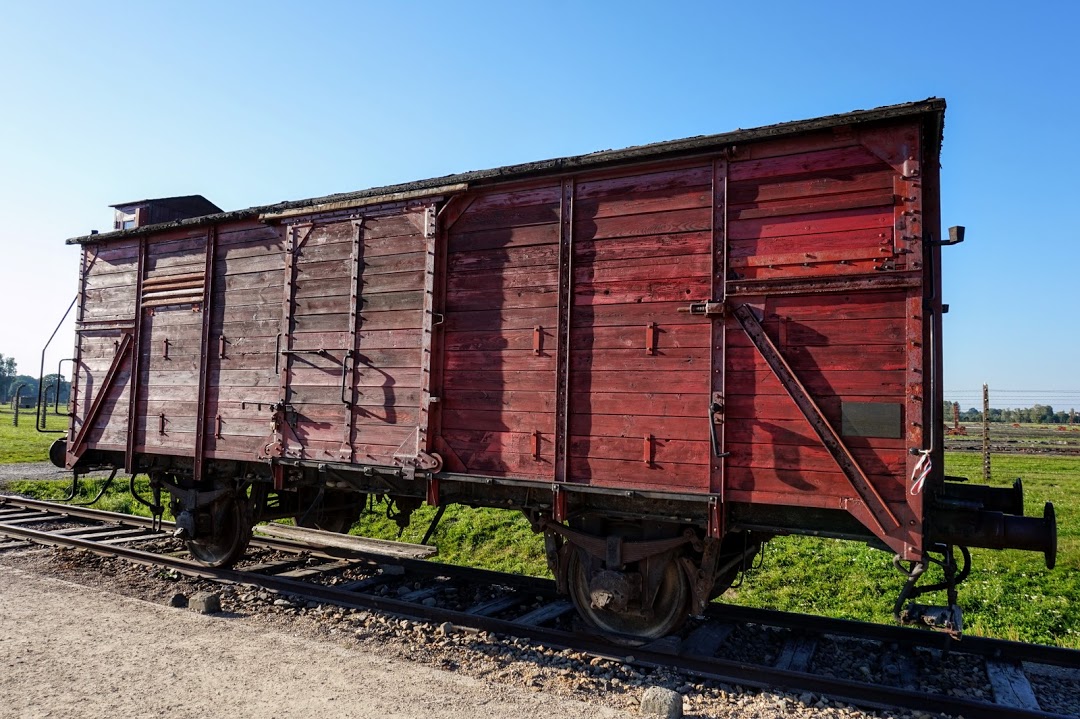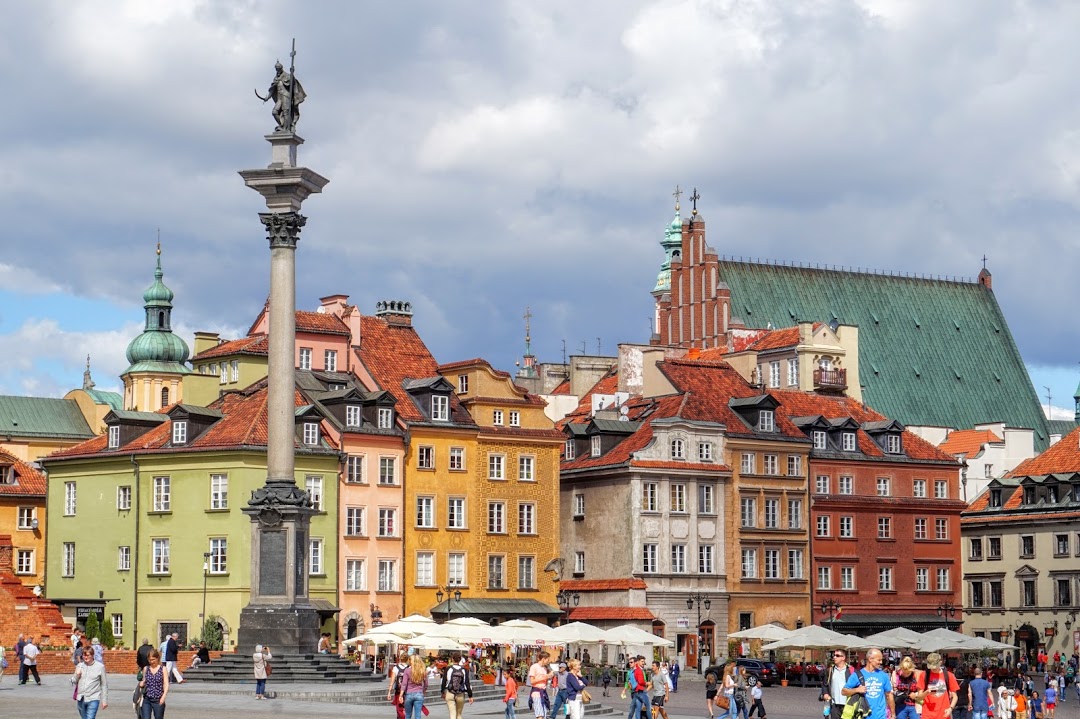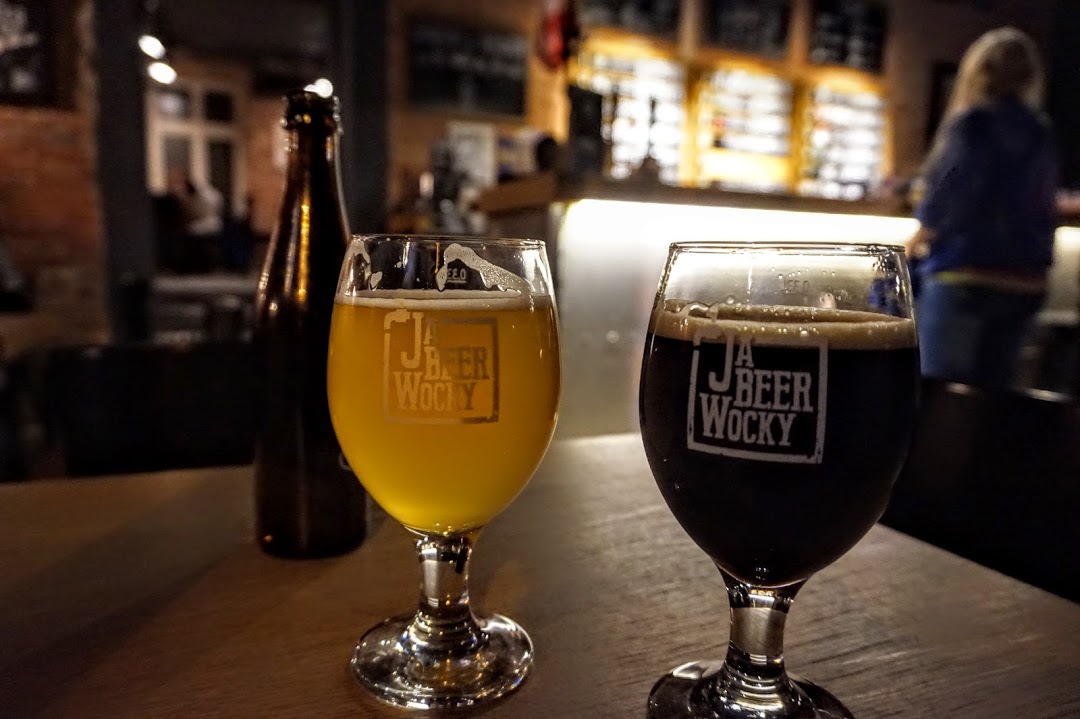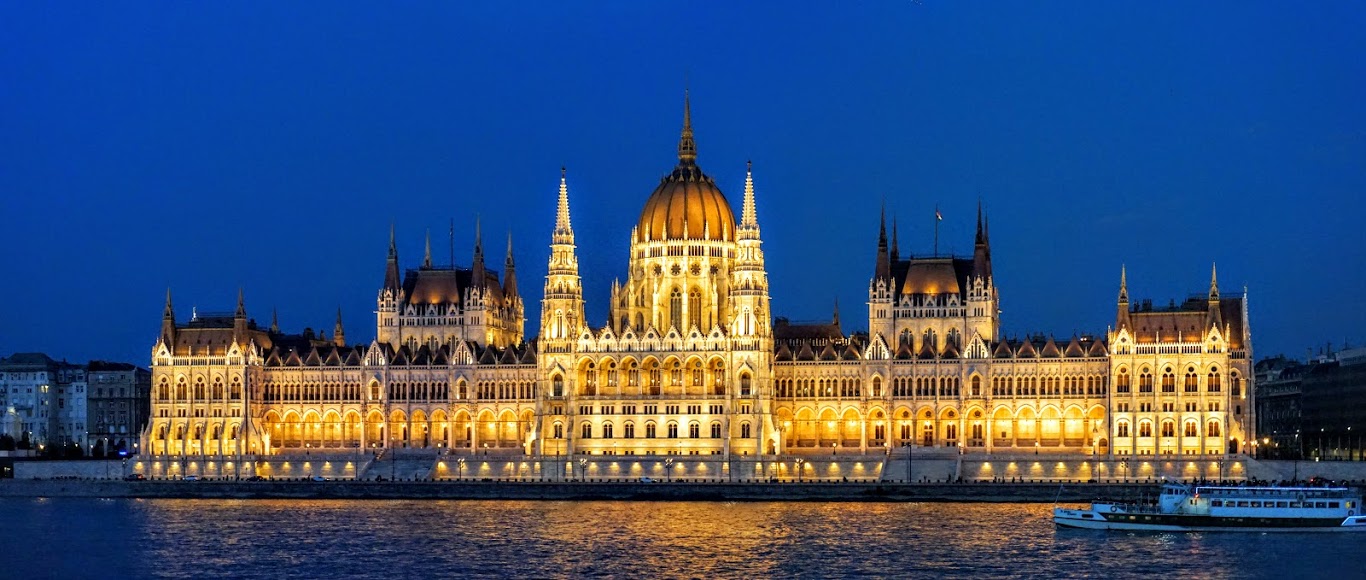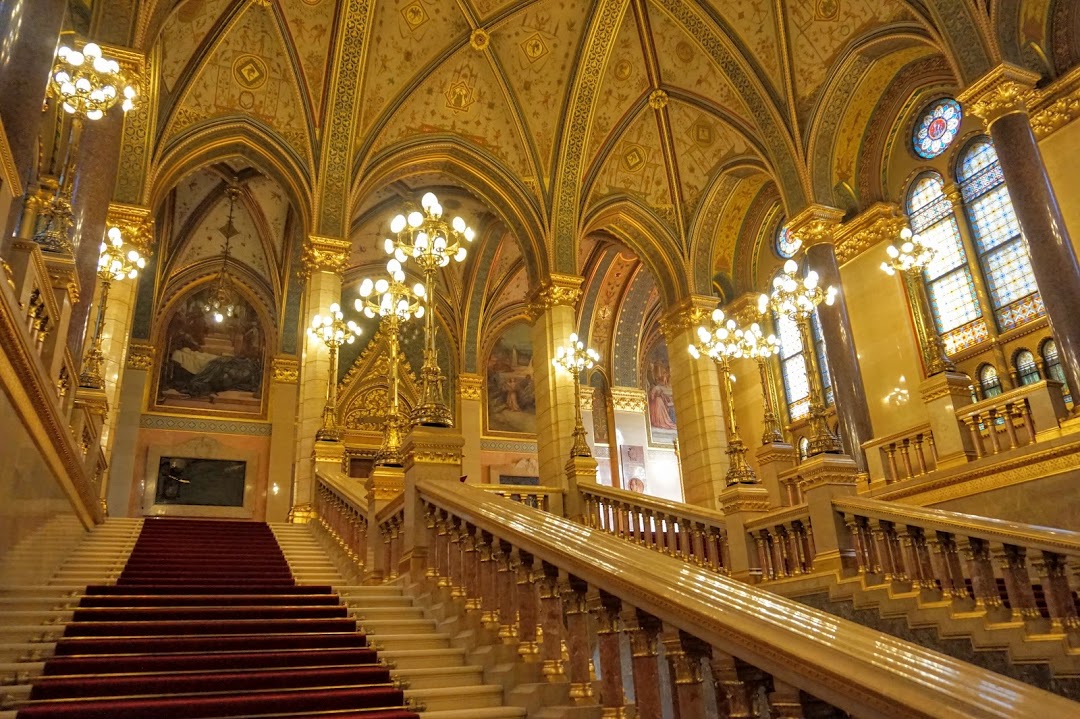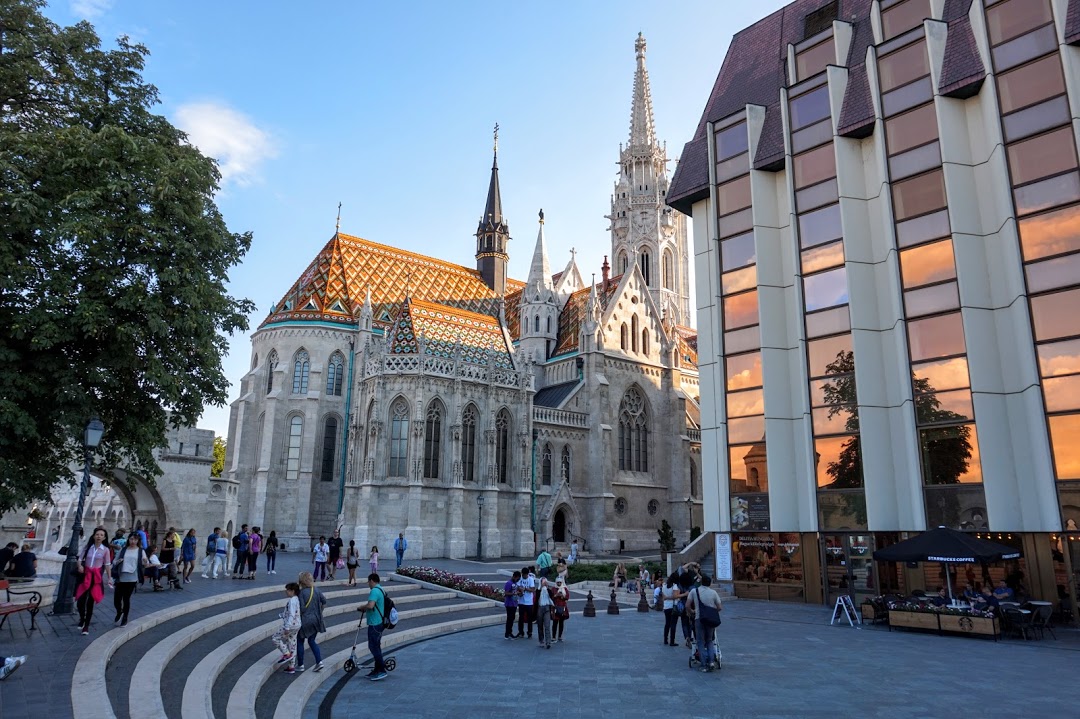After Ireland, we had about a week before we needed to meet up with Laura’s parents in Munich. Our friends Annie and Todd let us know that Scotland allows “wild camping” (aka free!), and for only £5 you can buy a discount card at Go Outdoors and get insane deals on camping gear. Since Scotland was a quick and cheap flight away from Dublin, we headed there for a week of camping!
Our first stop in Edinburgh was to acquire camping gear. One tent, two sleeping bags, two ground mats, one camp stove, two pots, and a set of silverware later we had only spent $150 (less than our tent alone back home). This basically worked out to $30/night for accommodations. It wasn’t poor quality either; we got a huge tent that kept us dry every night, sleeping bags made for fall temperatures, and a kick ass stove that works better than the one we have at home.
Once we had our gear, we headed north to the Inverness area. We had originally planned on one site, but it was too wet and we couldn’t find a good area to set up our tent. We searched around and found a small loch nearby with an awesome little beachfront site. It was a perfect spot for our first night, with the only annoyance being the godawful midges.




Our second day we woke up early to visit Loch Ness and drive to the Isle of Skye. We saw some castles along the way, enjoyed the crazy beautiful scenery the highlands have to offer, and ended our day with the Quiraing hike. After hiking for a few hours, we camped at Kilt Rock. It was probably the least “wild” spot since we were next to a parking lot full of RVs, but it had an awesome waterfall view!




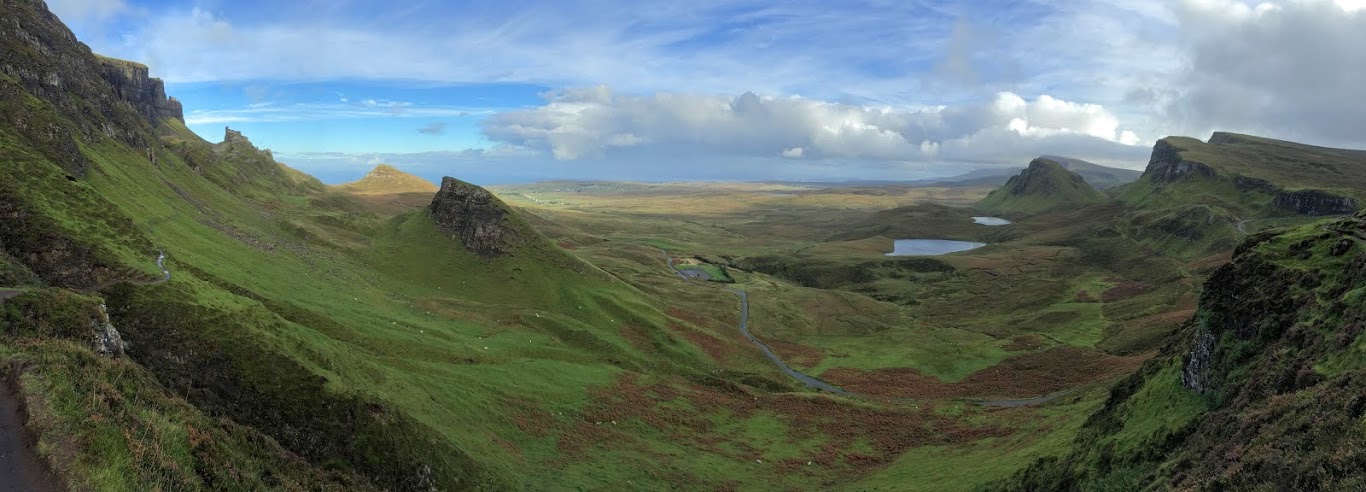


Our favorite hike on the Isle of Skye was the Old Man of Storr. We woke up early to get there before the crowds and began our steep ascent up to the rock formations. It was like an adult playground! We spent hours scrambling over rocks, blowing around in the torrents of wind, and splashing through mud puddles. This was the Scotland we had both imagined.






We feasted on delicious haggis that afternoon, and then headed to the fairy pools in the southern corner of the island. Unfortunately, this is when the monsoon began. Since it was cold, rainy, and late in the day, we decided to pay for a campsite with a hot shower… and a brewery across the street! The weather hadn’t changed the next day, so this is one hike we’ll have to look forward to when we come back to Scotland. Instead we stopped by the Glenfinnan Viaduct to watch the Hogwarts Express chug by before setting up camp in Glen Nevis for the night.
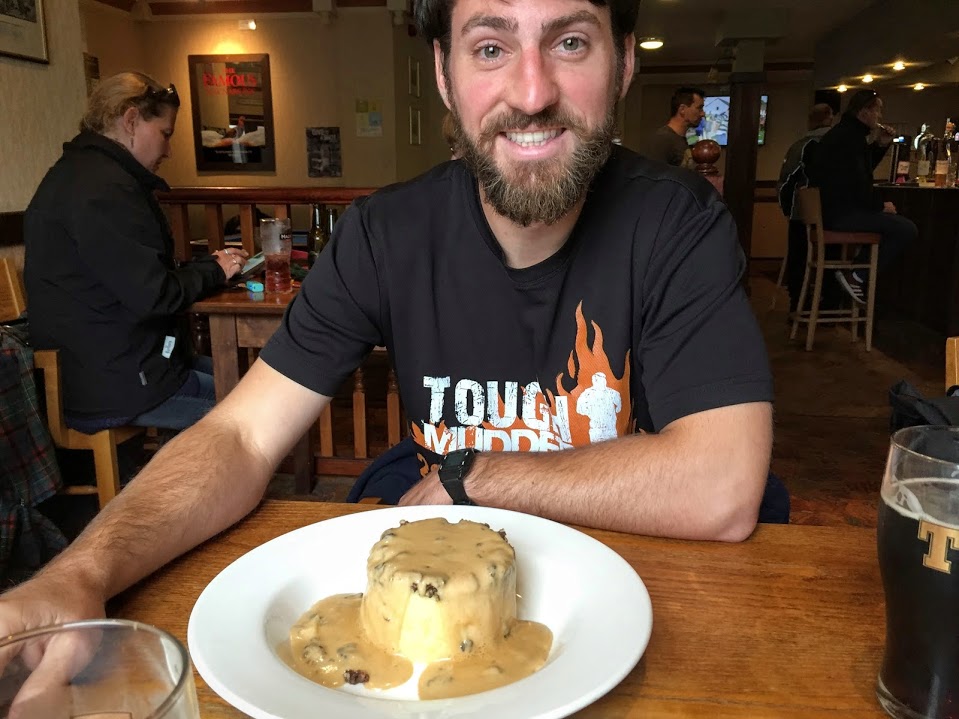




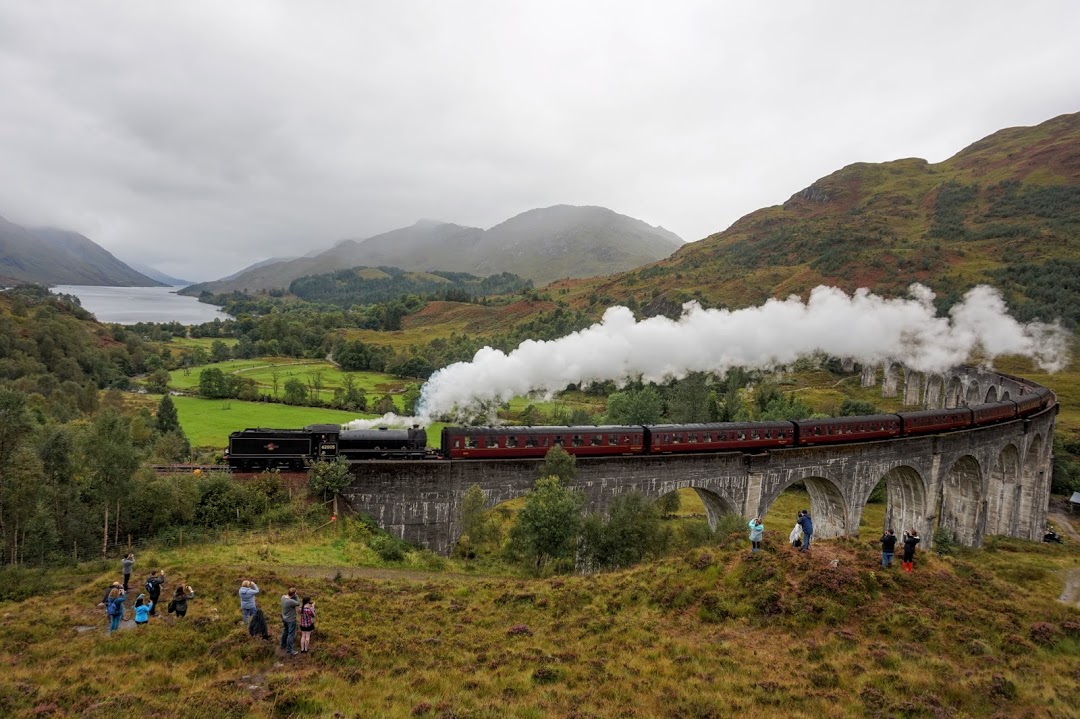
Back in the western highlands, we did one of the best hikes of the whole trip. We parked at the base of the iconic Three Sisters in Glencoe and hiked up to the Lost Valley where the MacDonald clan supposedly hid their stolen cattle. We followed a stream all the way to the top that was too perfect not to cool off in. A rain-free day meant amazing views of the highlands from above.






After our hike we continued our journey south, enjoyed a beer at the haunted Drovers Inn, and grabbed a camp site on the shores of Loch Lomond. That evening we sampled some Scotch, and Vesper checked off his final Scotland bucket list item by swimming in the loch the next morning.






Our last day in Scotland, we headed back to Edinburgh to donate our camping gear. We wouldn’t have been able to bring it with us without buying another bag so we wanted to make sure the basically new gear went to a good home. We found Gift Your Gear online, and we were able to donate all our gear right in Edinburgh!

